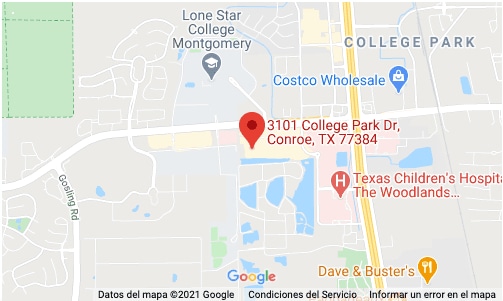Piriformis Syndrome Treatment in The Woodlands
Piriformis syndrome is a condition in which the piriformis muscle, located in the buttock region, spasms and causes buttock pain. The piriformis muscle can also irritate the nearby sciatic nerve and cause pain, numbness, and tingling along the back of the leg and into the foot (similar to sciatic pain). Learn some piriformis syndrome treatment options in The Woodlands and Houston.
Causes

The exact causes of piriformis syndrome are unknown. Suspected causes include:
- Muscle spasm in the piriformis muscle, either because of irritation in the piriformis muscle itself, or irritation of a nearby structure such as the sacroiliac joint or hip
- Tightening of the muscle, in response to injury or spasm
- Swelling of the piriformis muscle, due to injury or spasm
- Bleeding in the area of the piriformis muscle.
- Anyone or combination of the above problems can affect the piriformis muscle (causing buttock pain) and may affect the adjacent sciatic nerve (causing pain, tingling, or numbness in the back of the thigh, calf, or foot).
Diagnosis
There is no simple diagnostic test for piriformis syndrome causing irritation of the sciatic nerve. The condition is primarily diagnosed on the basis of the patient’s symptoms and on a physical exam, and after excluding other possible causes of the patient’s pain.
Symptoms
Most commonly, patients describe acute tenderness in the buttock and sciatica-like pain down the back of the thigh, calf, and foot. Typical piriformis syndrome symptoms may include:
- A dull ache in the buttock
- Pain down the back of the thigh, calf, and foot (sciatica)
- Pain when walking upstairs or inclines
- Increased pain after prolonged sitting
- Reduced range of motion of the hip joint
Symptoms of piriformis syndrome often become worse after prolonged sitting, walking or running, and may feel better after lying down on the back.




